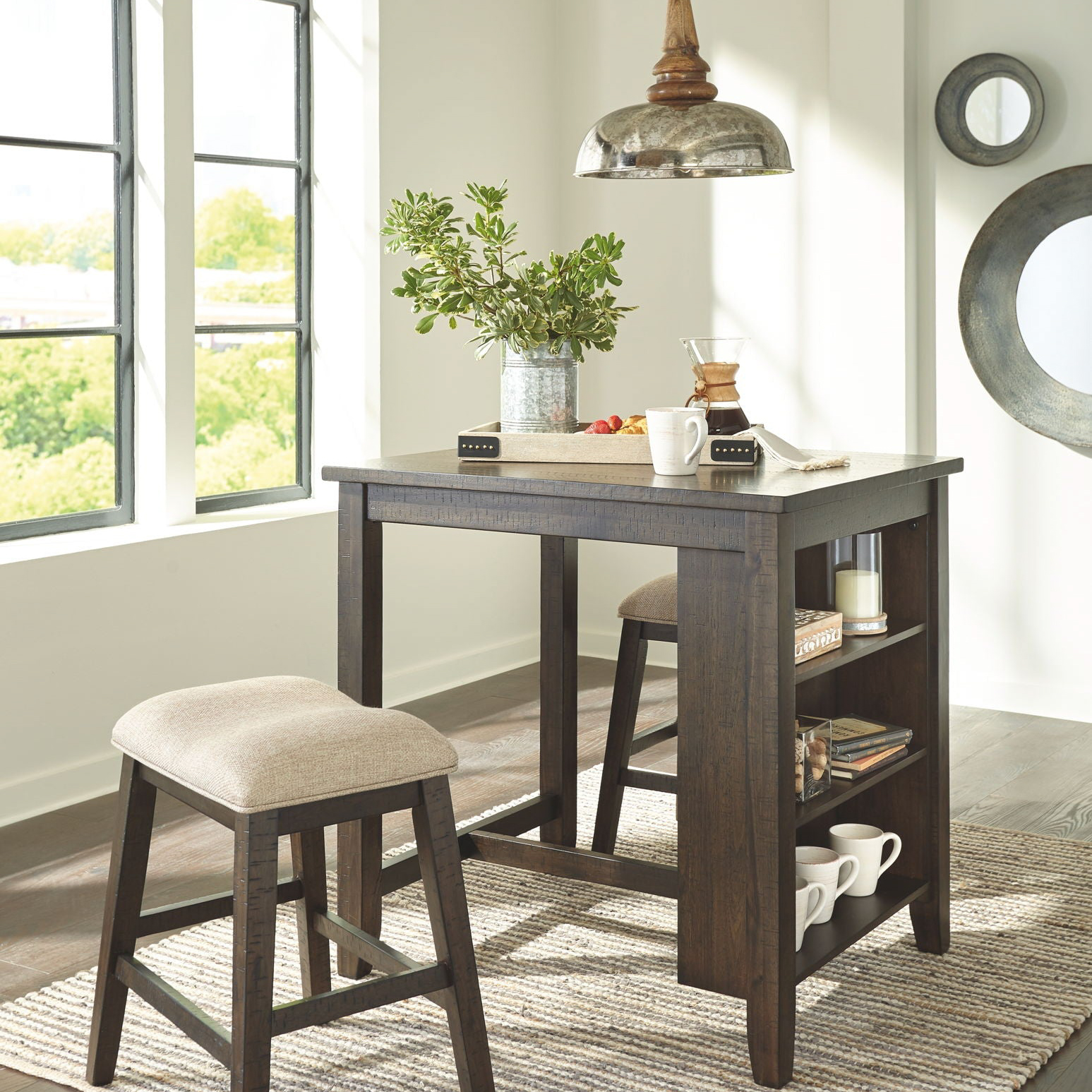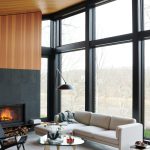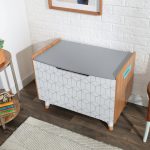
Lighting Solutions for Piano Rooms
When it comes to playing the piano, the right lighting can make all the difference. A properly illuminated piano room not only enhances the aesthetic appeal of the space, but also improves visibility for better performance. In this article, we’ll explore different lighting solutions for piano rooms to ensure you have the best possible experience while playing.
1. Natural Lighting
Natural lighting is a great way to illuminate a piano room as it provides a warm and inviting atmosphere. Large windows or skylights can flood the room with natural light which can also help reduce eye strain. However, too much natural light can also create glare on the piano keys, making it difficult to see the notes. Therefore, it’s important to balance natural lighting with artificial lighting.
2. Overhead Lighting
Overhead lighting is a popular choice for piano rooms as it evenly distributes light throughout the space. For best results, opt for a fixture that provides bright and clear lighting without casting harsh shadows. Pendant lights, chandeliers, and track lighting are all great options for overhead lighting in a piano room. Additionally, dimmer switches can be installed to adjust the brightness of the light depending on personal preference.
3. Task Lighting
Task lighting is a type of lighting that illuminates a specific area or task. In a piano room, task lighting can be used to direct light towards the keyboard and sheet music. For example, a LED desk lamp can be placed on the piano to provide focused light while playing. Alternatively, adjustable wall-mounted lamps can be positioned to shine light on the music stand.
4. Accent Lighting
Accent lighting is used to highlight a specific area or object in a room. In a piano room, accent lighting can be used to showcase the piano itself or other decorative elements in the space. This type of lighting can employ the use of small spotlights or LED strips installed along the ceiling or wall. Accent lighting can create depth and dimension in the room and help set the mood for playing.
5. Color Temperature
Finally, the color temperature of the lighting should also be considered. Color temperature is measured in kelvins and ranges from warm colors (yellow, orange) to cool colors (white, blue). A warmer color temperature is recommended for piano rooms as it creates a warmer ambiance and reduces eyestrain. A range of 2700-3000k is ideal for a piano room, as it provides a soft and soothing glow.




